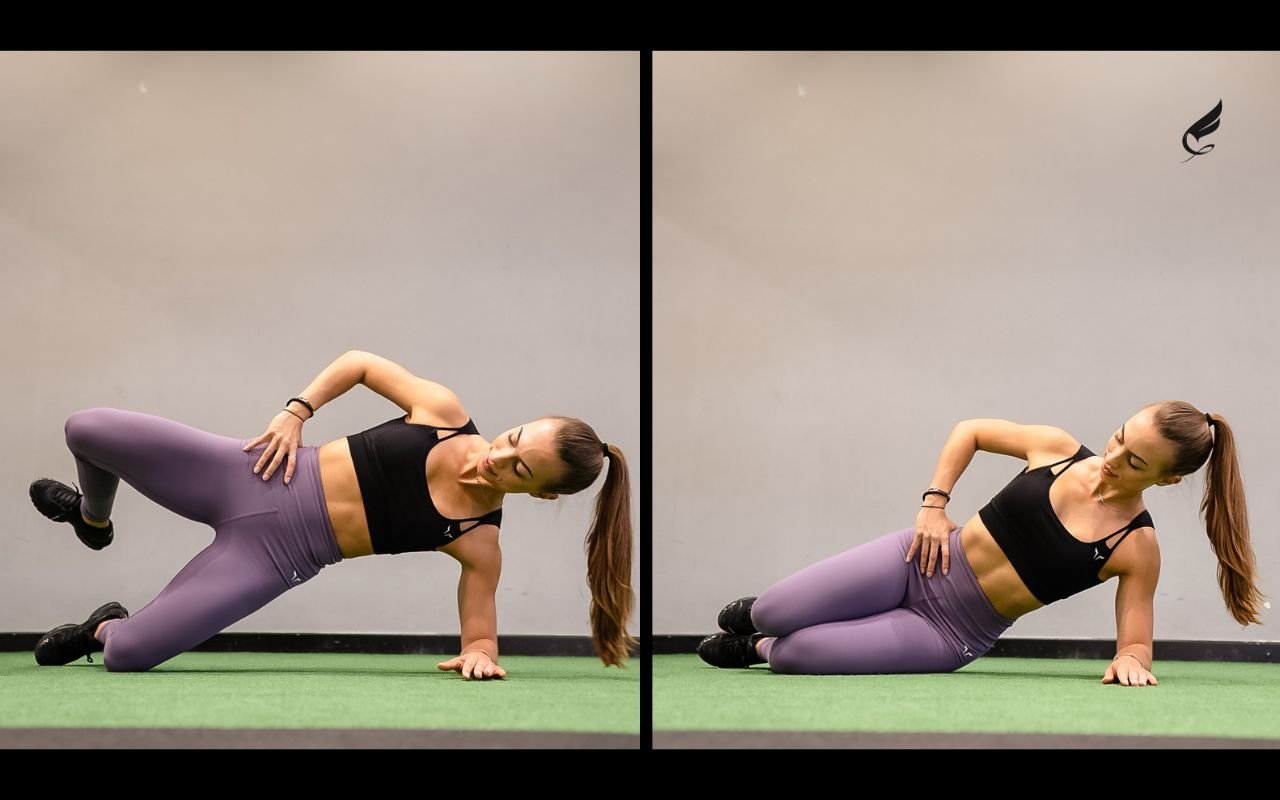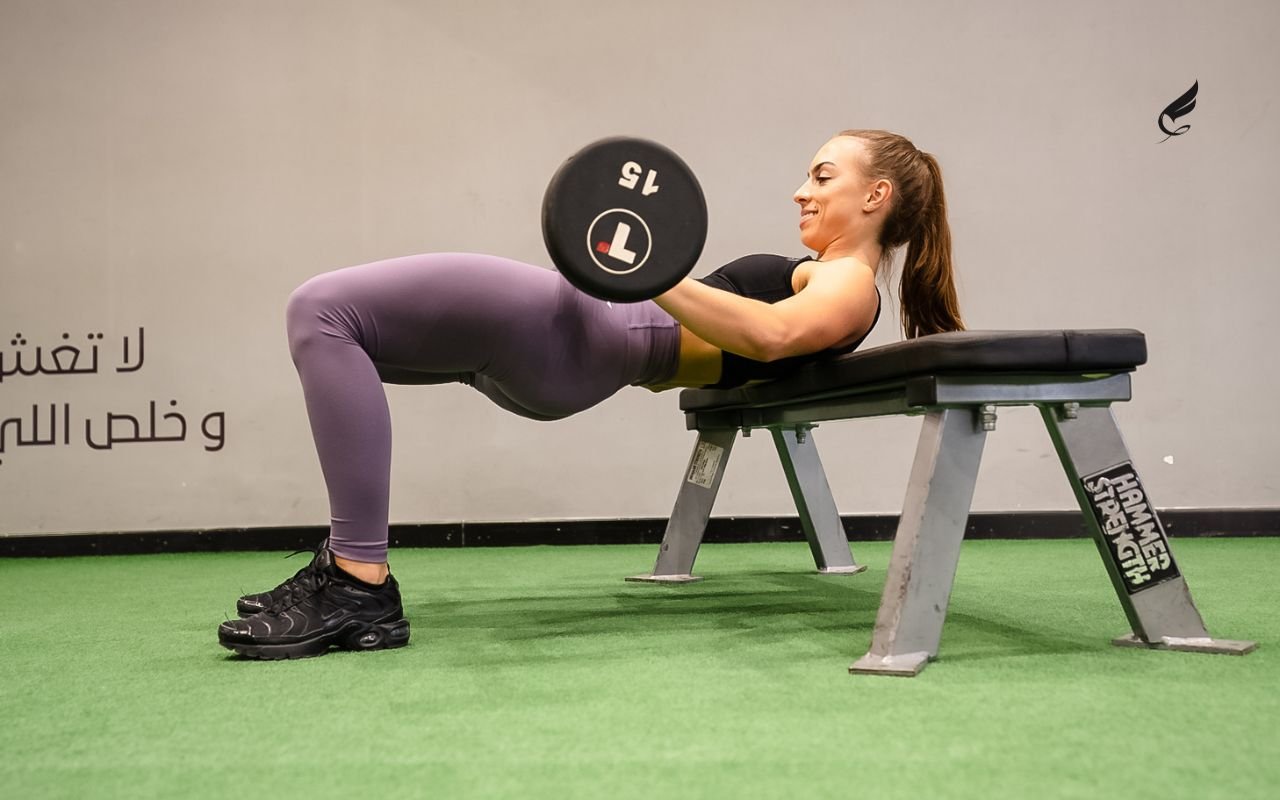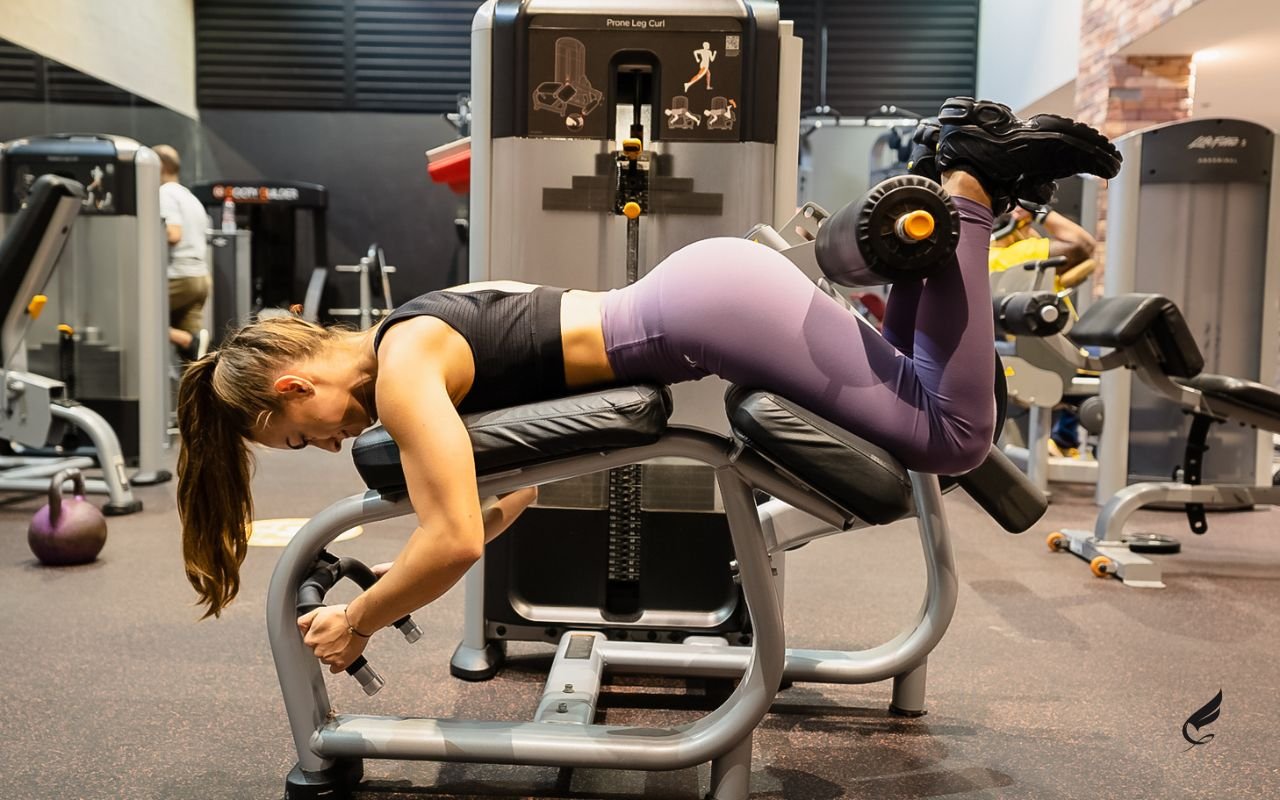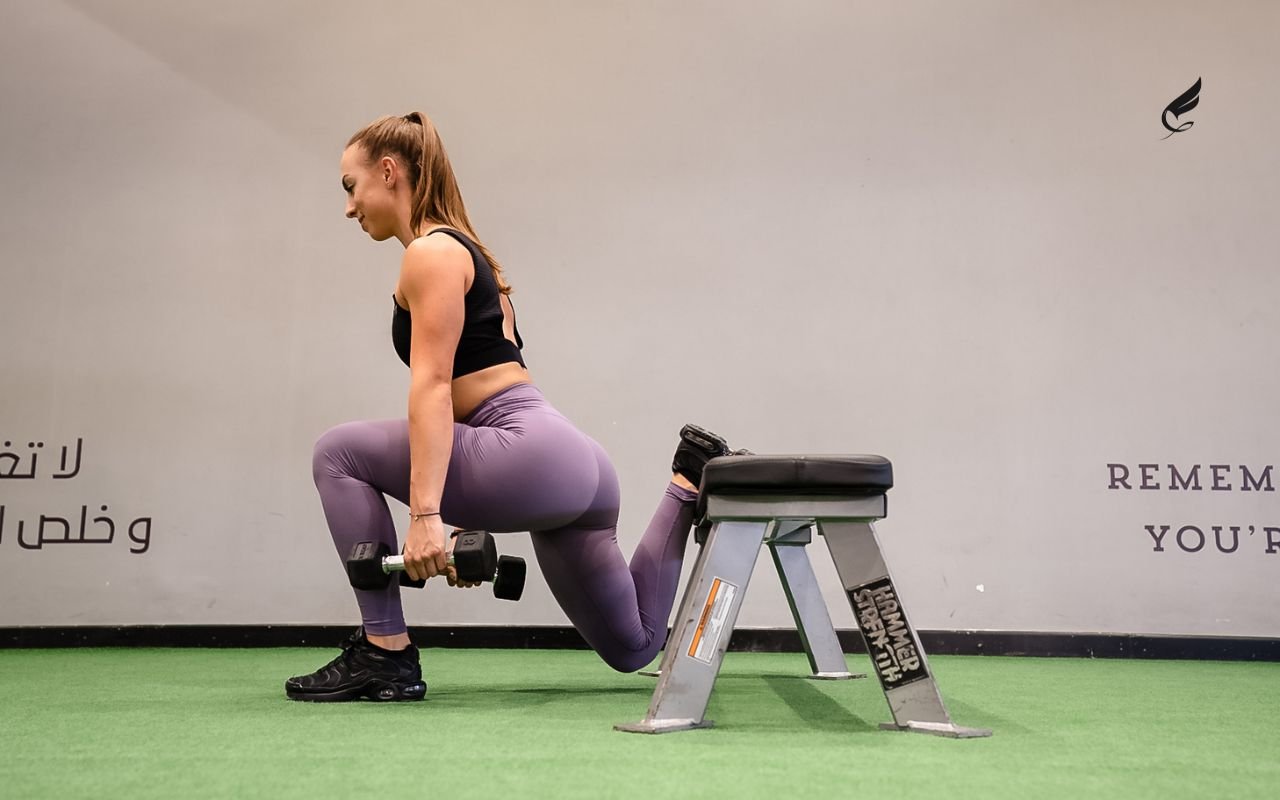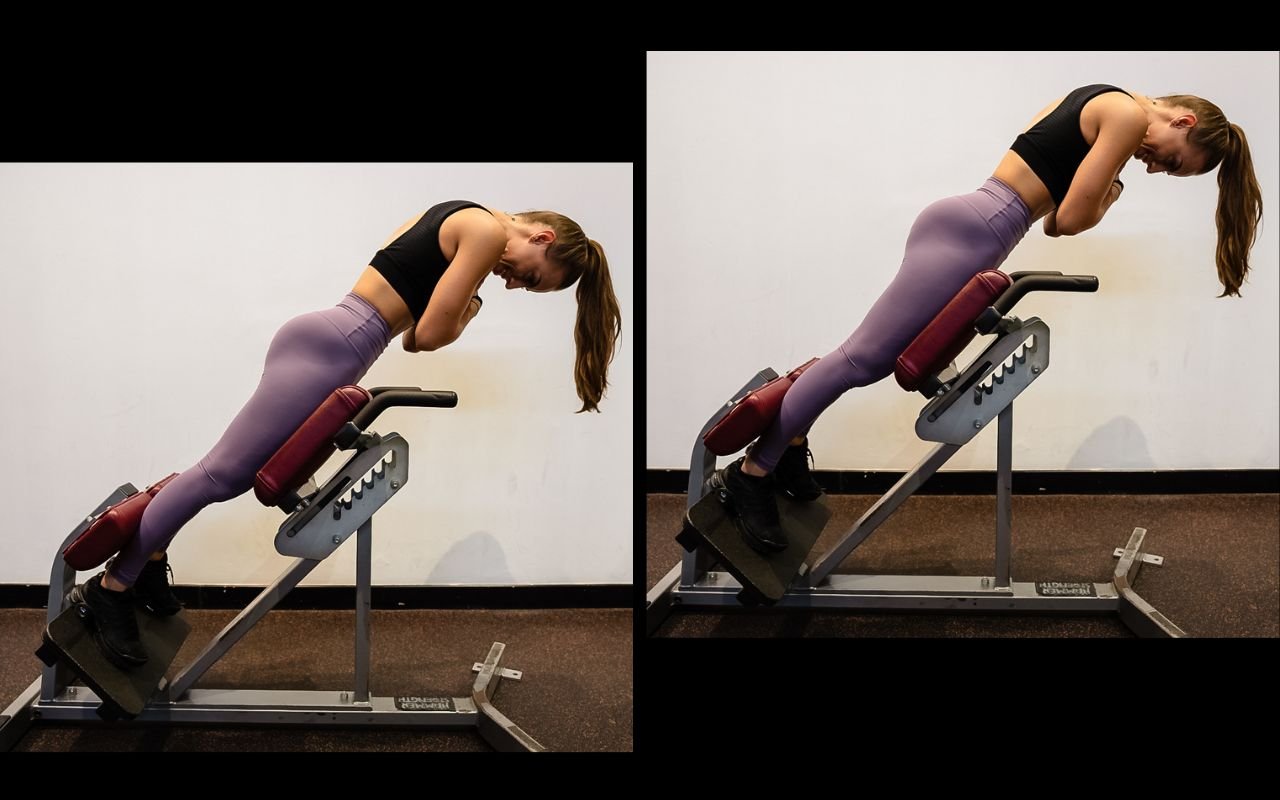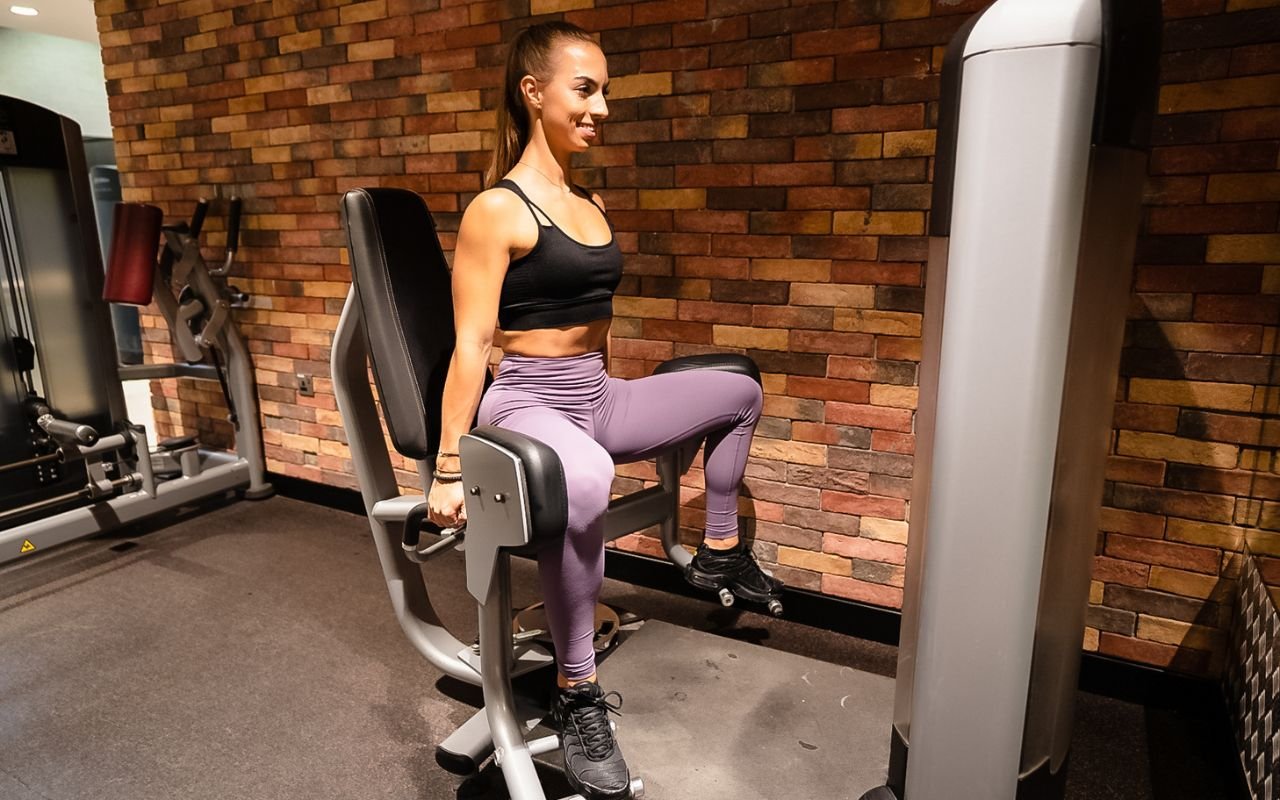Butt Workout Guide For Women / A Science-Based Review + Workout Program!
Having a nicely shaped bum is often down to genetics. However, a lot can be done with a good glute workout routine and a proper diet! In this blog, we will discuss the anatomy of the glute muscles, list and explain the requirements you need to nail to grow your gluteal muscles, and share a basic but effective booty-building program with you!
Anatomy of the glute muscles
Your buttocks consist of 3 different muscles:
Gluteus Maximus
This is the most significant butt muscle positioned outside your butt. Gluteus Maximus is responsible for hip extension and outward rotation of the leg.
Gluteus Medius
This muscle is, as its name says, a medium-sized muscle that lies beneath the gluteus Maximus and is responsible for hip abduction and rotating the hip inwards.
Gluteus Minimus
As the name says, this muscle is the smallest of the 3 gluteal muscles, and it lies deep beneath the gluteus Maximus and medius and is responsible for hip abduction!
You also have a few smaller muscles that contribute to the shape and function of your butt, like tensor fascia latae, piriformis, and obturator interns.
Hip extension and hip abduction are two of the most important movements for glute training. Other vital movements include:
Hip flexion: This movement brings the thigh towards the torso.
Hip internal rotation: This movement is responsible for rotating the thigh inward.
Hip external rotation: This movement is responsible for rotating the thigh outward.
In addition to these movements, it is also important to include exercises that work the entire posterior chain, such as hamstring curls and calf raises. This will help to ensure that the glutes are properly balanced and supported.
Basic requirements for glute growth!
Firstly to grow your glutes, you need to make sure that you nail 2 things:
Give your butt muscles the right stimulus through proper training.
Training needs to be done in a way with sufficient stimulus with enough frequency (ideally 2x per week) for an extended period.
Fuel your glutes by having a sufficient amount of calories.
If you are a beginner, you can make minor glute gains even if your nutrition is not optimized. You could be in a caloric deficit and still put on some lean mass. Still, those gains will not be optimal, and it will take you much longer than when you are on maintenance calories or even better in a light caloric surplus and have sufficient protein and carbs in your diet!
Booty Building Program
This article would not be of much help if I did not add in a simple but effective glute training program!
Weekly Overview (Twice a week glute-focused workouts)
Day 1
Clam Shell 2x15
Stiff Leg Deadlift 4x8
Hip Thrust 4x8-10
Lying Down Hamstring Curls 4x10-12
Reverse Hypers 3x15
Day 2
Single Leg Glute Bridge 2x15
Barbell Squat or Leg Press 4x8
Bulgarian Split Squats 3x12
Curved Back Hyper Extensions 3x15
Hip Abduction Machine 3x15
Principles to follow during training:
Respect the breaks - longer breaks on heavy compounds like Squats and Deadlifts (90-120 seconds), shorter breaks on isolations (45-60 seconds)
Focus on progressive overload - increase weights week after week
Respect form - train hard but do not compromise form
Get the best of both worlds - aim for good mechanical tension (heavy weights) combined with the muscle sensation
Make every set and rep count - don't rush your workout, don't just go through the motions, rather put in high effort in each repetition with immaculate form and watch those results coming in!
To learn how to execute each of the above exercises correctly and safely and to gain access to more programs check out my Beach Body Training Guide!
These are just a few of the many exercises that you can do to train your glutes. The best way to find out which exercises work best for you is to experiment and see what feels good and challenges you. Bear in mind it's not all about the burn! The most important elements is to get stronger over time, which means lift heavier weight in the 8-15 rep ranges!
It is also important to note that you should not overdo it when you are first starting out. Start with a lower training volume and assess how your bootie is feeling the next day! Being sore for 1-2 days is great, more than that might be detrimental to your progress! Als bear in mind that if you do not feel anything at all the following day you might wanna up the intensity off your training a bit!
Conclusion
I hope you found this blog post useful and I hope you will apply some of the information above into your workout plan! Remember building muscle takes time, however no matter our genetics we can truly transform any body part if we put in the time and work! IF you are someone who feels lost on their fitness journey please do not hesitate to reach out to us an book your FREE consultation!



